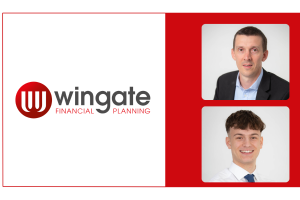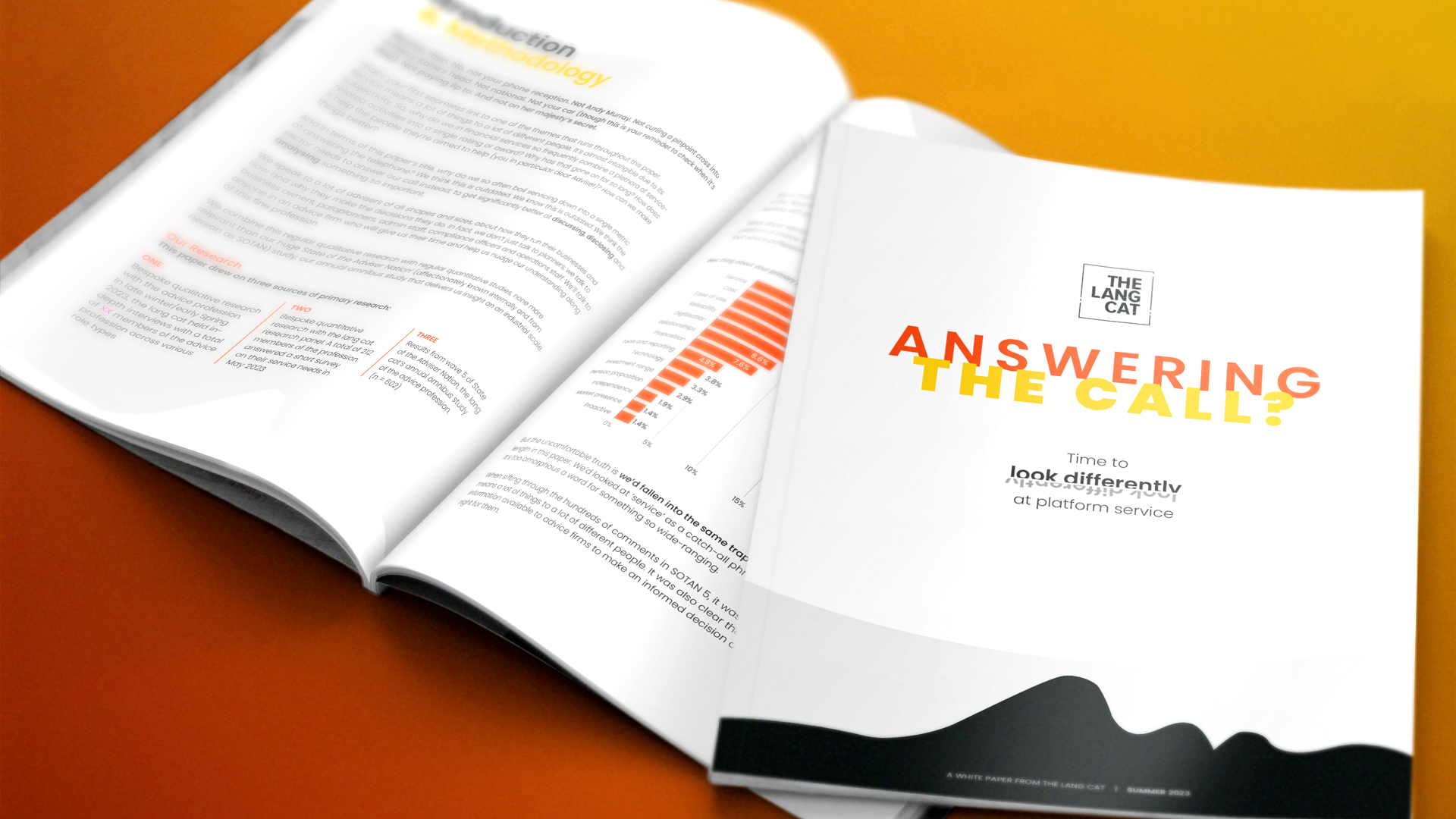Hello hello, did we all survive the heat, then? I spent much of the hottest parts of the last week or so in the middle of a place called “England” (6/10, do not recommend) and it was all a Bit Much for this Celt. How you all cope I have no idea. Maybe you all head for high ground or something.
Before we do the News of the Day, please may I give HomeGame 5 a good punt? 30 September, Glasgow. This one is a bit special, not least because at least a third of the audience will be young people either at school or college, and who might be the planners of the future. It’s a bit of an experimental day and we might fail spectacularly, but if we don’t it’ll be amazing and if we do it’ll still be fun to watch us sweat. You should probably have a look here and book on if you like the look of it. Free to many of you.
Right, so the news of the day. No shortage, what with the Leeds reforms and the Mansion House Speech, which I’m characterising as “deregulation worked last time, right? Right?” and targeted support and all that kind of thing.
But let’s leave all that behind and focus on the crucial issue of SJP’s new charging structure, because in an uncertain world we can all cling onto a good percentage. First things first, massive kudos to SJP for launching their new structure on a Tuesday so I have time to write it up for the Update. I’m reliably informed this was 100% of their thinking as to the timing, and nothing at all to do with sticking it out on the same day as the Mansion House speech. That’s cleared that up.
You’ve probably read about it already, but here’s the structure:
- Initial advice fees start at 3%, tiering down to 2% at £250k, and 1% at £500k. So if you invest £1m with SJP your blended initial charge would be £17,500. There is a decency limit of £30k, and partners can do deals down the way if they want, though obviously this would hit them in the pocket.
- Ongoing advice charge is 0.8% a year. No tiering, capping or anything like that.
- Product charges start at 0.35% for investment bonds and pensions and 0.27% for GIA and ISA. These tier down gradually to 0.25% and 0.17% respectively for amounts over £3m.
- Investment charges obviously vary wildly depending on what you’re in, but a mid-risk Polaris (like…the missile? This is an odd name for an investment range), we’re told, is around 52bps on an unbundled basis.
So what do we make of all this? Well, my first impression was “meh” and I suspect that’s exactly what SJP was aiming for. To be honest, at this early stage, the prize is for actually doing the unbundling everyone else did a decade-and-change ago and the actual figures matter a bit less. Haters will hate, but the Trump Card Of Opacity is now removed from the Deck Of Critique or something like that. Call me an old softy, but at least they’ve come clean at last.
For me that upfront charge is pretty punchy; it’s certainly something that new clients to SJP or those putting in new investments should concentrate on dealing away as aggressively as possible. Is it toxic? Probably not.
The ongoing charge at 0.8% is almost exactly the market average (our most recent State of the Advice Nation has it at 0.77%).
The product charges are a bit toppy on the pension and bond side, probably by 5bps or so; the GIA/ISA charge is there or thereabouts. But nothing to frighten the horses.
The investment stuff – well, that’s an essay in itself.
But all in, including that multi-asset fund at 52bps, an investor with, say, £300k split evenly over pensions and ISAs will pay 1.63% of explicit charges on an ongoing basis (I haven’t factored in margins on cash or transaction fees).
Two things jump to my blackened, twisted mind – first of all, this is built to strike a balance between keeping shareholders happy and keeping out the news as much as possible. I don’t think it has a whole heap to do with customer outcomes; I’ve seen dozens of repricings and been involved in my fair share, and almost always it’s graphs, and market positioning and all that, not “how can we make this less expensive for the investor”. You don’t come out with something as calibrated to the market as this without that kind of thinking. A by-product of it is that it is probably not too bad for clients; maybe 0.1% – 0.2% more a year than they might pay for an IFA in the mid-market and maybe 0.4% or even 0.5% more than they would with a price leader. So hey ho, we get where we’re going.
The second is a more general point – we read a whole heap in Consumer Duty about how scale should deliver better outcomes through reduced prices inter alia. This is the UK’s biggest wealth manager, pricing at the top end of the open market. If you ever wanted to know if scale really does benefit clients in a charges-for-services sense, you now have your answer, and it’s no.
So what next? Well, there’s a bunch more detail to come which is probably there but which I haven’t seen. Friends and family discounts, ad-hoc work, more complex portfolio requirements and so on all need factored in. We need to see the cash margin take. I also expect that this first go won’t last too long; pressure will come on hard now as SJP is finally easily comparable to others. I’m told that system constraints got in the way of tiering the advice charge down; that will probably need to happen soon enough.
But in the main, if the purpose of this was to shut the haters up (at least in part), it’s a decent job. It’s hard to decry a proposition as The Great Satan because it’s…a bit more expensive than other things. So if your thing is having a pop at this particular tall poppy, then some more creativity may be required in future.
Your music choice this week is a lovely new thing from Wolf Alice. They are in favour of sofas, and I must say so am I. Warning: contains swears. Please enjoy, er, Sofa.





